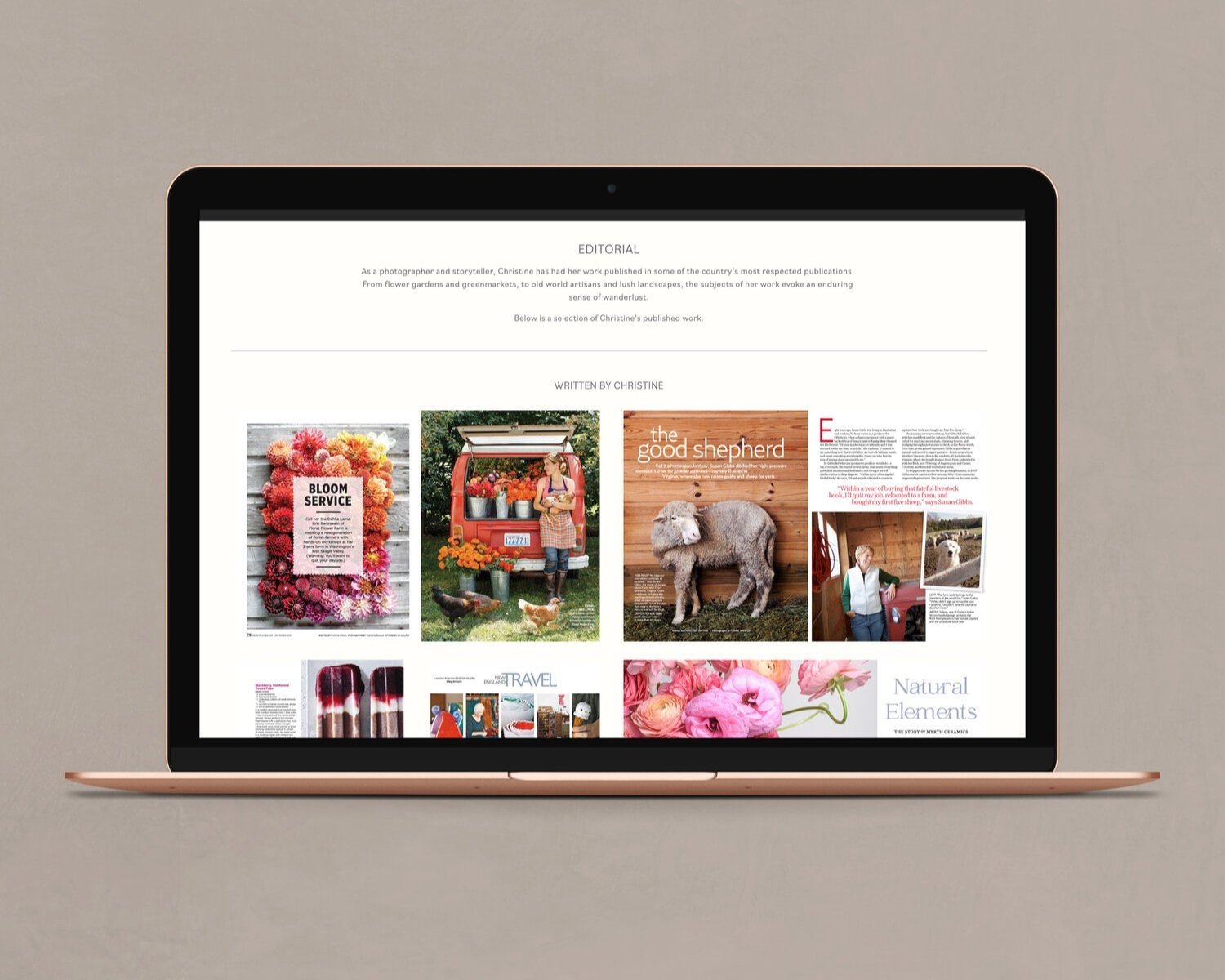Website Design for Small Businesses: A Content-First Approach
When beginning a website project, it’s common to focus on the design details—the white space, the continuous scroll, the photo layout, the top navigation, etc. Yet many websites that catch our attention ultimately fail to provide an intuitive user experience. In fact, while looking at other websites for design inspiration is helpful, it can also lead you down the path of creating something that may stray from your unique business needs.
At Cognoscenti Creative, we only begin the website design process once we have created a strategic plan for the content that will live on the site. That plan is called a sitemap, and it’s an essential step in efficiently building a website that effectively supports your business. A truly successful sitemap also digs deeper than your top navigation and subpages. It details all the copy and content sections that will live on each page, ensuring that your business goals don’t get lost in the creative process.
Now here’s the friendly disclaimer: creating or providing feedback on your website content requires an investment of your time. We understand that it can be challenging to dedicate time to thinking about high-res photos, effectively addressing your customer’s questions through copywriting or how someone is actually going to use your website. It’s more fun to browse other sites and dream about what yours could look like, regardless of its functionality. But for independent businesses who need maximum impact from their creative dollars, the best way to create a truly effective and eye-catching website is to create a thoughtful plan and address content questions up front. That way, once you do get around to design, your creative team already has all of the elements they need, which allows them to do the most visually appealing and appropriate work for your brand—and helps them stay on budget.
1 —
Starting with a content-first approach also helps you solve meaningful business problems. Take our client Christine Chitnis as an example: a photographer with a great eye for design. Creating an eye-catching web presence wasn’t her biggest challenge. It was making sure that her creative and strategic services could logically live together on a single website. That’s a problem only a sitemap strategy session can solve, and once we had drafted all the website copy, her gorgeous website redesign came together in a matter of weeks.
2 —
For the rapidly growing Moxie Bread Co., attracting customers was never a problem, but the countless phone calls they received about their different locations and daily offerings were starting to interfere with providing the best possible in-person service. Anticipating customer questions, differentiating their multiple locations and creating a robust list of FAQs were the big website wins that made a tangible difference for this busy business.
3 —
And while a simple, two or three page website initially seems to work for many restaurateurs, our client at Q House was missing an opportunity to represent the outstanding quality and compelling story behind his fresh, modern Chinese cuisine. With just a few new paragraphs of copy and a fresh list of FAQs, we were able to elevate the overall aesthetic and functionality of the restaurant’s website to match the meaningful hospitality guests experienced on site.
So if you're looking at your website and thinking it looks a bit dated—or feeling intimidated about how to build a quality website from scratch—we’d love to chat. We happily provide website audits and sitemap strategy sessions as a first step for prospective web content and design clients, and we think you’ll gain incredible clarity in the process.







